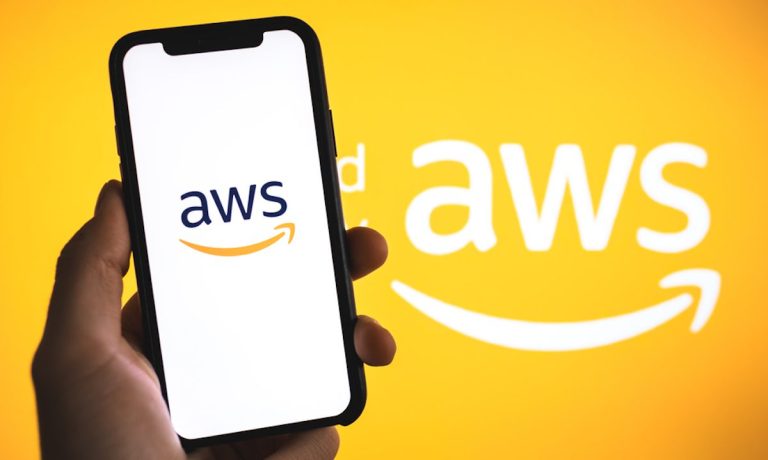
With a new service from Amazon Web Services (AWS), enterprises can deploy private 5G networks in days and then pay only for the network capacity and throughput they need.
AWS Private 5G, which was announced on Tuesday (Nov. 30) at the AWS re:Invent event, provides an alternative to other solutions that take months to deploy and charge upfront fees and per-device costs, the company said.
“Many of our customers want to leverage the power of 5G to establish their own private networks on-premises, but they tell us that the current approaches make it time-consuming, difficult and expensive to set up and deploy private networks,” AWS Vice President EC2 David Brown said in a press release. “With AWS Private 5G, we’re extending hybrid infrastructure to customers’ 5G networks to make it simple, quick and inexpensive to set up a private 5G network.”
With AWS Private 5G, customers specify the location and the network capacity they need, and AWS delivers the equipment required to set it up.
A Variety of Use Cases for Private 5G Networks
Private cellular networks allow enterprises to enjoy the benefits of 5G while also maintaining the security and controls of a private network, AWS says on a web page devoted to the service. The benefits include reliable, low-latency connectivity; long-range outdoor coverage; predictable network behavior; granular application and device control, and an increasing number of connected devices.
For these reasons, a variety of use cases have implemented private 5G networks. For example, AT&T and Ford Motor Company are outfitting one of the automaker’s assembly plants with a private 5G network to deliver faster processing times and better connections for phones and tablets used on the production line, to help automated robotics and machinery make better decisions and have faster reaction times, and to enable faster wireless delivery of vehicle software updates.
Read more: High Speed and Low Cost at Center of New Commercial 5G Use Cases
In another application of private 5G networks, Verizon is using them in a connected healthcare project that will allow healthcare professionals to access data, collaborate and share resources, while also adhering to strict compliance regulations and patient privacy concerns. It is building this secure infrastructure in collaboration with the British health technology company Visionable.
Read more: Verizon Targets Healthcare, Defense and Public Safety With 5G Use Cases
Early Applications of AWS Private 5G
Before announcing the launch of AWS Private 5G, AWS delivered the service to at least two customers and its own fulfillment centers.
The connectivity company DISH Network Corp. is using the service to help it deliver private enterprise networks to its customers. “Our ability to support dedicated, private 5G enterprise networks allows us to give customers the scale, resilience and security needed to support a wide variety of devices and services, unlocking the potential of Industry 4.0,” DISH Chief Commercial Officer Stephen Bye said in a press release.
Koch Business Solutions reports that AWS Private 5G eliminates challenges previously seen in deploying private 5G networking — such as being complex, time-consuming and expensive — when it is used in collaboration with industry software vendors like Mavenir and global communication service providers. “We believe that this combination will also encourage expansion of the cellular Industrial IoT ecosystem and accelerate the delivery of disruptive private connectivity solutions for our customers,” Koch Business Solutions CTO Matt Hoag said in the press release.
Amazon is using the service in the outdoor space around its own fulfillment centers to move tractor-trailers around more safely, accurately and efficiently. When using Wi-Fi coverage for this application, the company had to add light poles for the Wi-Fi equipment, modify the outdoor electrical systems, and either trench fiber or support Mesh systems. “With AWS Private 5G, we can use two outdoor small cells mounted on the corners of our warehouses and achieve additional coverage in our parking lots, which was much quicker and cheaper to deploy,” Jeff Armstrong, director of infrastructure engineering at Amazon, said in the press release.